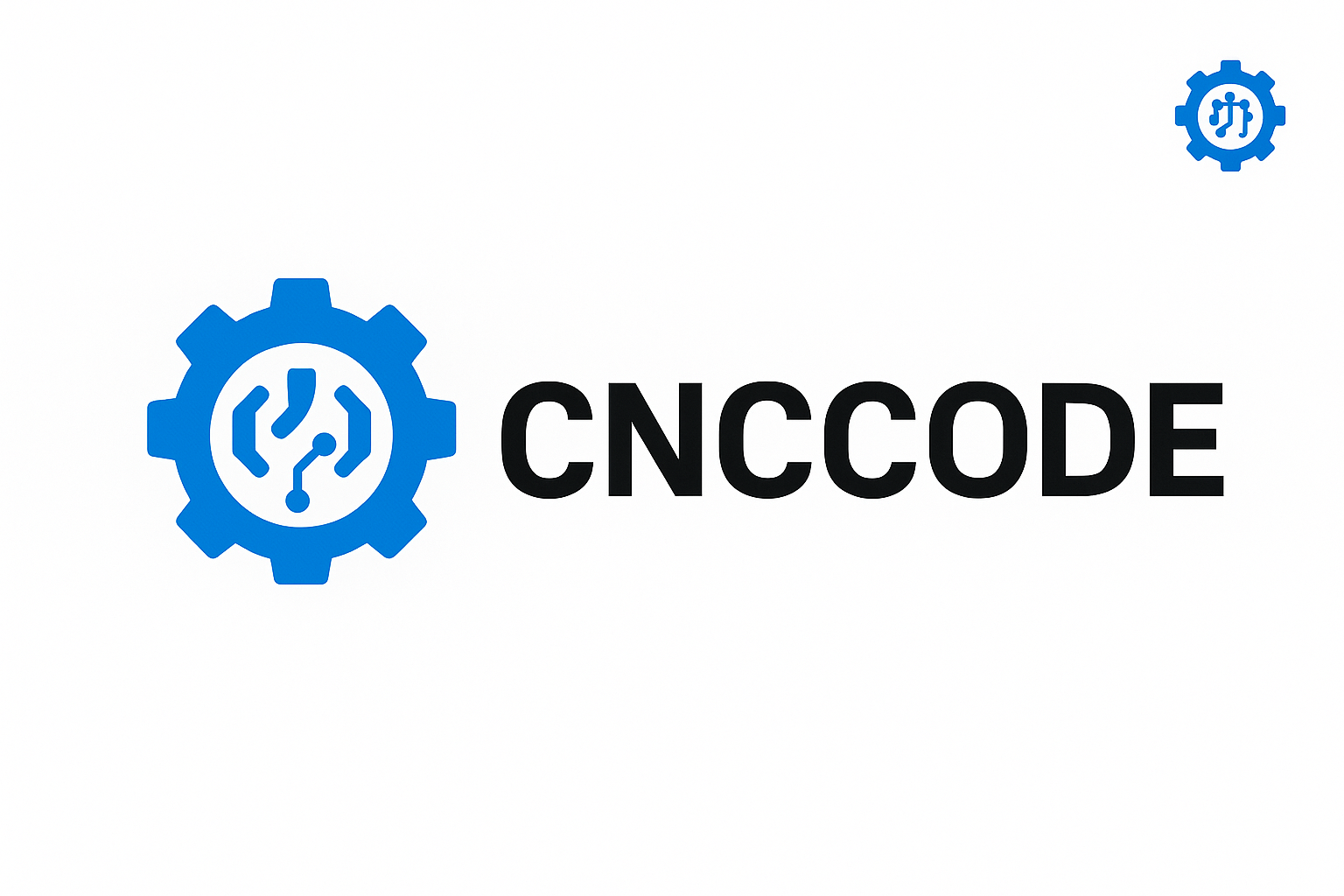Choosing CAD/CAM software depends on your workflow, budget, and the complexity of parts you need to make. CAD (Computer-Aided Design) lets you model parts in 2D/3D, while CAM (Computer-Aided Manufacturing) generates toolpaths and G-code for your CNC machine. Here are some expert tips and considerations:
-
Ease of use vs. features: Beginners often start with user-friendly CAD tools like FreeCAD or SketchUp for simple designs, while professionals may prefer feature-rich packages like Autodesk Fusion 360, SolidWorks, or Solid Edge. For CAM, easy tools (e.g. CAMWorks, VCarve) can generate basic toolpaths quickly, whereas advanced software (Mastercam, Edgecam) offers powerful 3D machining strategies and multi-axis control. Balance your comfort with complexity needs.
-
Integrated CAD/CAM platforms: Some software suites combine CAD and CAM in one environment (like Fusion 360 or RhinoCAM), which streamlines workflow and file compatibility. This can save time versus exporting between separate programs.
-
Supported operations: Ensure the CAM software supports the machining you plan (2D milling, 3D surfacing, multi-axis, engraving, etc.). If you’re cutting wood furniture, tools like Vectric’s VCarve or Aspire might be ideal. For aerospace aluminum components, look for software with strong simulation and advanced toolpath options.
-
Post-processor availability: Verify that the software can output G-code suited for your CNC controller (Mach3, LinuxCNC, etc.). Many CAM programs provide built-in post-processors or customization to match your machine’s requirements.
-
Community and learning resources: Popular software (e.g. Fusion 360, AutoCAD, Mastercam) tend to have extensive tutorials, forums, and example projects. A strong user community can help you solve problems quickly. Check online forums for feedback on the software’s learning curve and support.
-
Cost and licensing: Budget-conscious hobbyists often start with free or low-cost options (Fusion 360 has a free tier for makers, and FreeCAD is open-source). Businesses might opt for paid licenses if the advanced features justify the investment. Cloud-based CAD/CAM is another trend (e.g. Onshape, Fusion 360 cloud), which may reduce hardware requirements.
